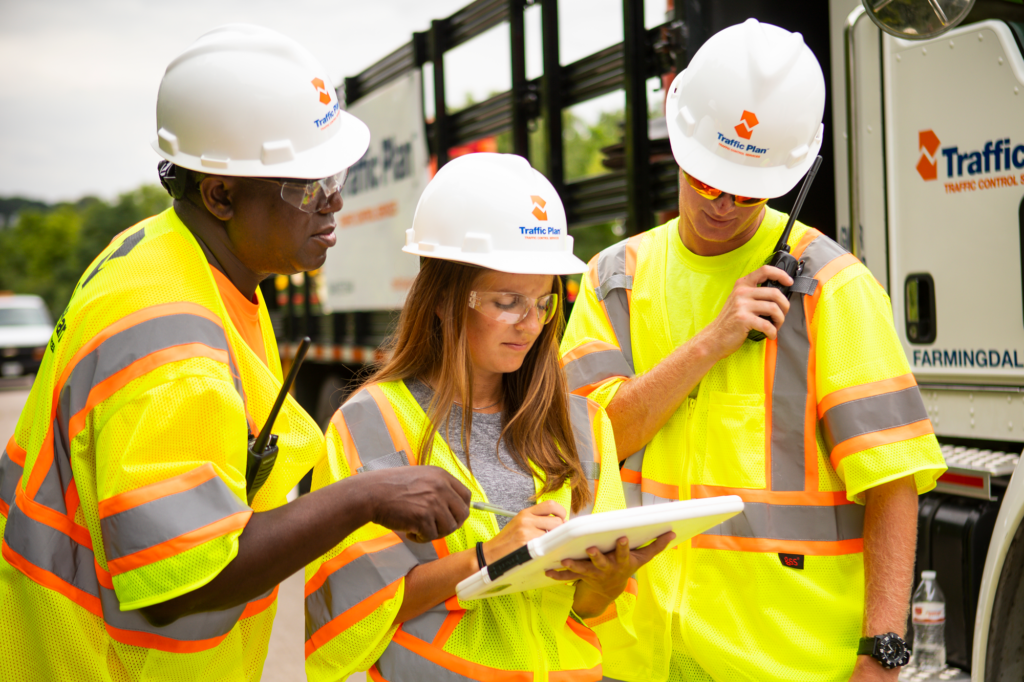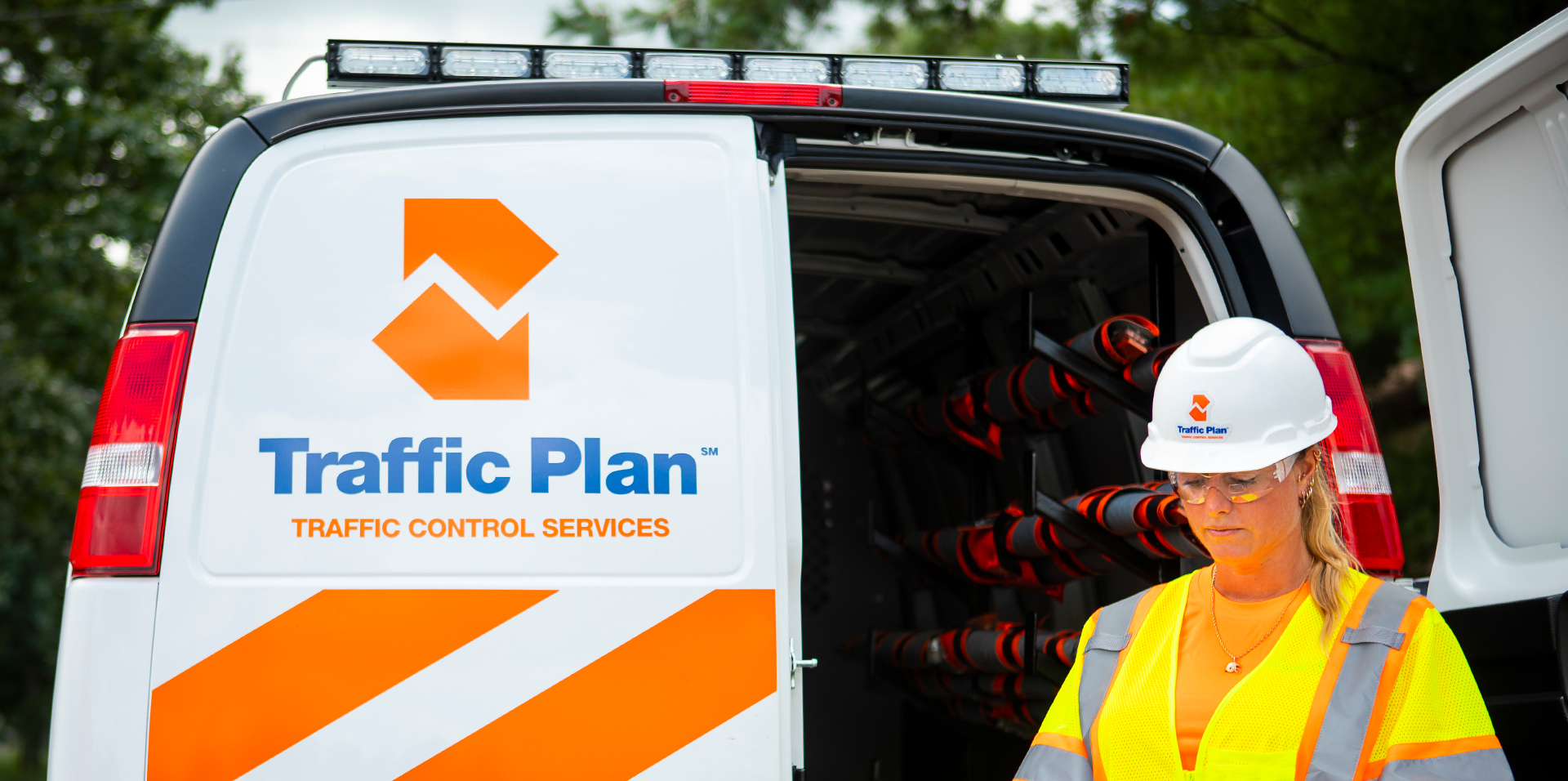The Definitive Guide for Safety Network
Wiki Article
Getting My Safety Network To Work
Table of ContentsSome Known Details About Safety Network How Safety Network can Save You Time, Stress, and Money.4 Simple Techniques For Safety NetworkThings about Safety NetworkSome Known Facts About Safety Network.
The stages within a ring are numbered as shown in Figure 7-2. Dual-Ring Controller System Consists of 2 interlocked rings arranged to time in a preferred series and also permit concurrent timing of particular phases in both rings, based on the constraint of the barriers (compatibility lines). Safety traffic signs. Each ring might include approximately two stages in each of its two obstacle teams, for a total amount of 8 phases.Barrier (compatibility line) A referral factor in the designated sequence of dual-ring as well as multi-ring controller units at which rings are interlocked. Barriers make certain contradictory phases will not be picked or time simultaneously. At a barrier, rings end the present phase as well as go across the barrier concurrently, as shown in Number 7-3.
If a phone call does not exist in among the rings when the obstacle is gone across (from the various other phase team), a stage is selected because ring to be activated by the controller in a fixed way. Referring once again to number 7-3 in the lack of calls on Stages 7 and 8, Stage 2 and also Phase 6 end to service a phone call on Phase 3.
Everything about Safety Network

Establishing Description Minimum Green The absolute minimum period of the stage's green indication. The stage can not space out or be forced off during this period. Variable First Green A time calculated from the variety of approach detector actuations throughout red. In the lack of a stopline detector, it allows adequate time to solution cars queued between the stopline as well as a development detector.
The duration of this period is influenced by associated criteria including Added Initial (amount of green added per actuation) and Maximum First. The phase can not void out or be required off during this interval.
Not known Details About Safety Network
Green Expansion The amount of time through which the green is extended after an automobile is spotted. If the minimum eco-friendly, variable preliminary environment-friendly, Walk, as well as FDW have all expired, and no approach detector input is presently On, the stage green can end (space out) if the moment void between consecutive automobiles surpasses the environment-friendly expansion time plus the time the detector input remains On while the lorry is being sensed.This parameter bypasses Eco-friendly Expansion, however none of the various other specifications over. Yellow Clearance The dealt with period of the yellow sign that constantly follows the environment-friendly indicator. Red Clearance The time during which both the ending stage, and the adhering to contradictory stage(s) ready to start, all at once present a red sign - Traffic control.
The "volume" option increments a first eco-friendly interval timer each time a vehicle is spotted while the phase is red. The minimal green is timed as the greater of the regular minimum environment-friendly and also this computed first environment-friendly, up to an optimum. In the absence of stopline detectors, it can be used to count the variety of lorries waiting before the advance detectors as well as enhance the minimal eco-friendly, if needed, to remove this line up.
Indicators on Safety Network You Should Know
One such series can be utilized on one street (one obstacle group), while a different series is utilized on the other road. Sequence Description Leading Left Turn Series begins with Phase 1 and also Phase 5, the opposing turns relocating together. As demand finishes or maximum environment-friendly is reached on either Stage 1 or Phase 5, the respective left-turn is ended after the correct change as well as clearance periods, and also the opposing thru activity (Phase 2 or Phase 6) is given an environment-friendly indicator concurrent with its going along with left-turn.As need finishes or maximum green is reached on Phase 5, that left-turn is terminated after the appropriate modification as well as clearance intervals - https://myspace.com/s4fetynetw0rk. The opposing thru movement, Stage 6, is released to keep up Phase 2. As demand ends or maximum environment-friendly for Stage 2 is gotten to, it is terminated after the proper adjustment and clearance periods, at the barrier line.

Some Of Safety Network
Input Description Car Detector Call Enters a car demand for service into the appropriate stage of the controller device. Pedestrian Detector Phone Call Gets in a pedestrian need for service right into the affiliated stage of the controller unit. Hold Command that preserves the existing right of way as well as has different feedbacks, as adheres to relying on procedure in the lorry non-actuated or actuated setting: For a non-actuated stage, energization of the hold input preserves the controller system while out stroll duration with green as well as stroll signs displayed.De-energization of the hold input as well as with the stroll period timed out causes the controller system to progress into the pedestrian a knockout post clearance period. Re-application of the hold input while timing the pedestrian clearance section of the environment-friendly interval neither inhibits the timing of this duration neither the discontinuation of the stage.
Report this wiki page